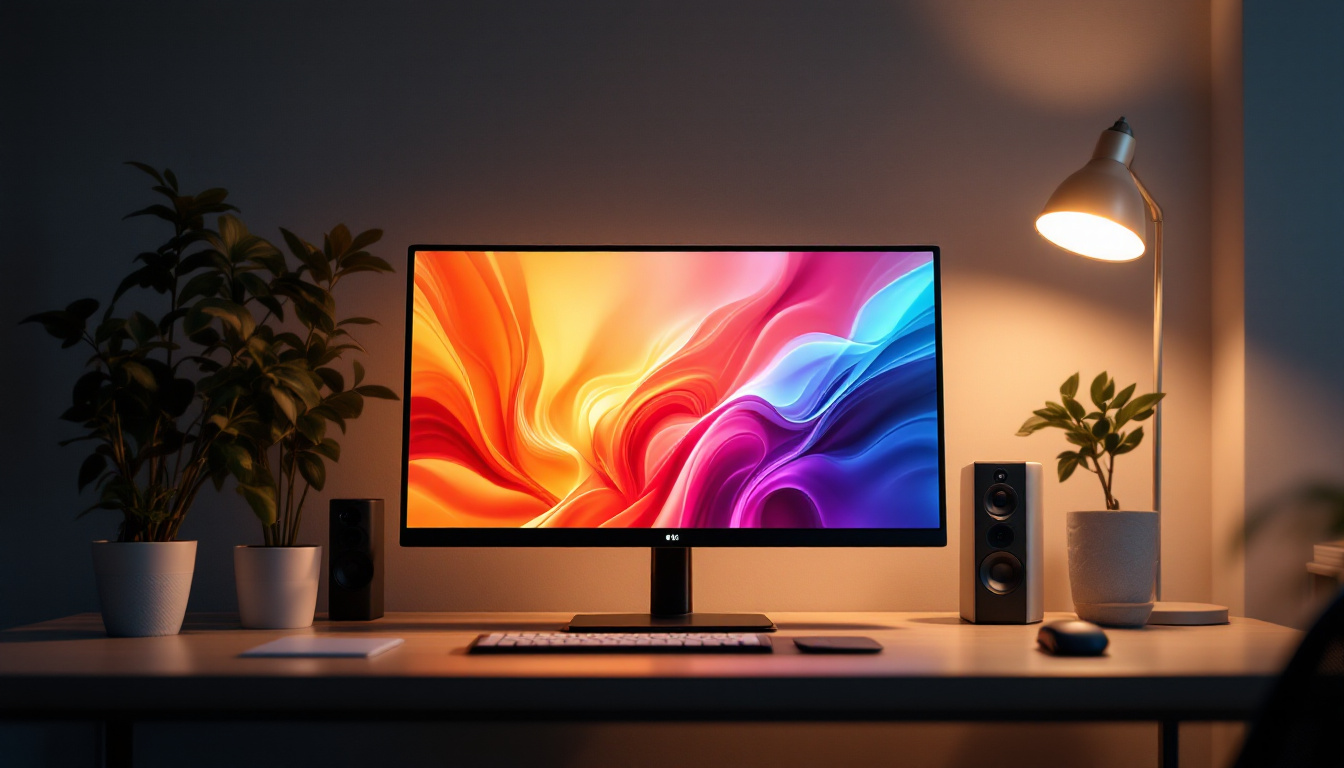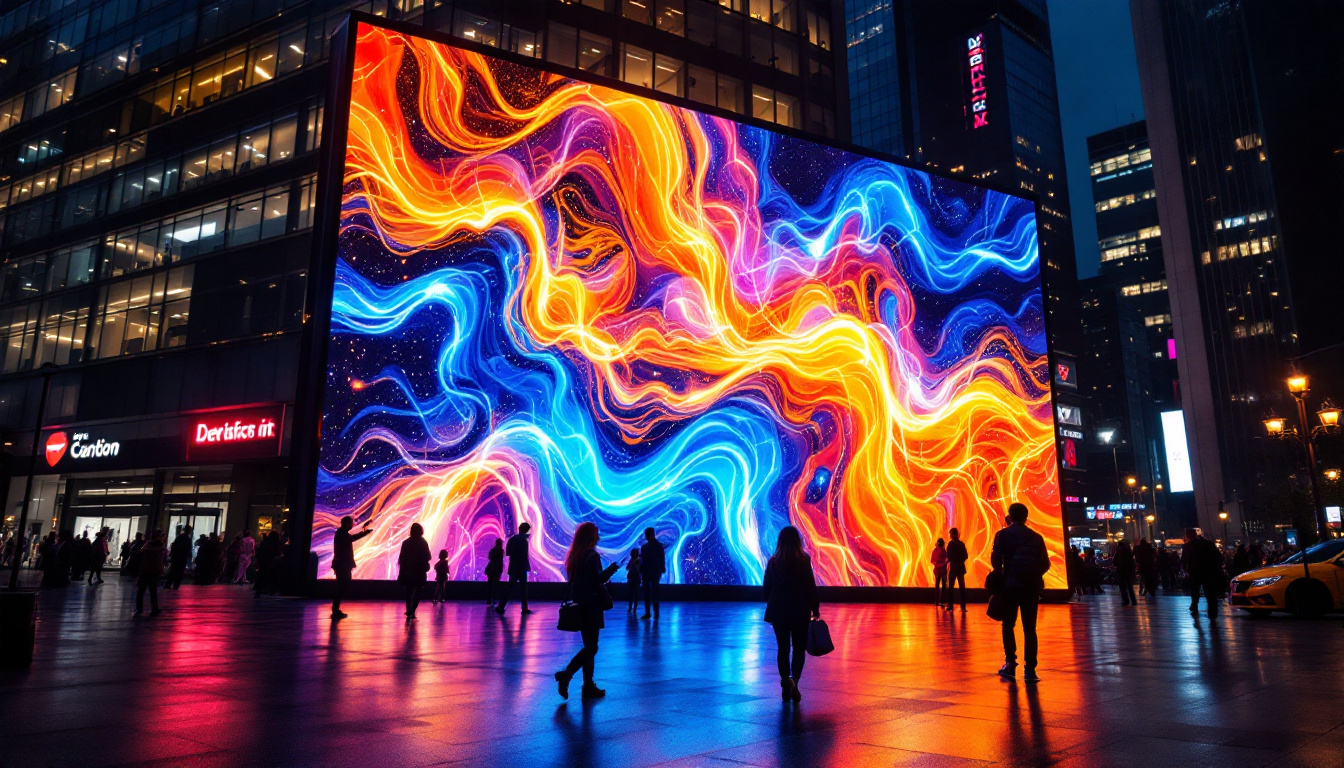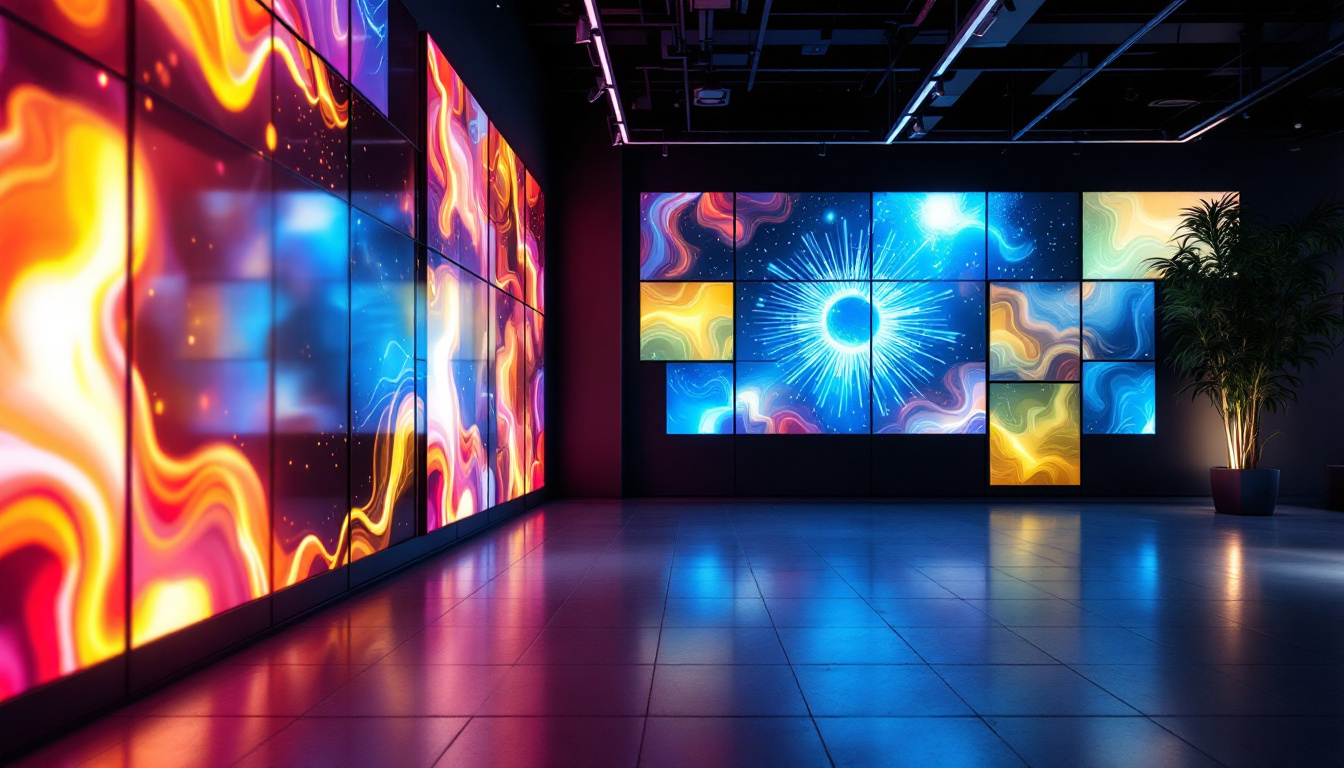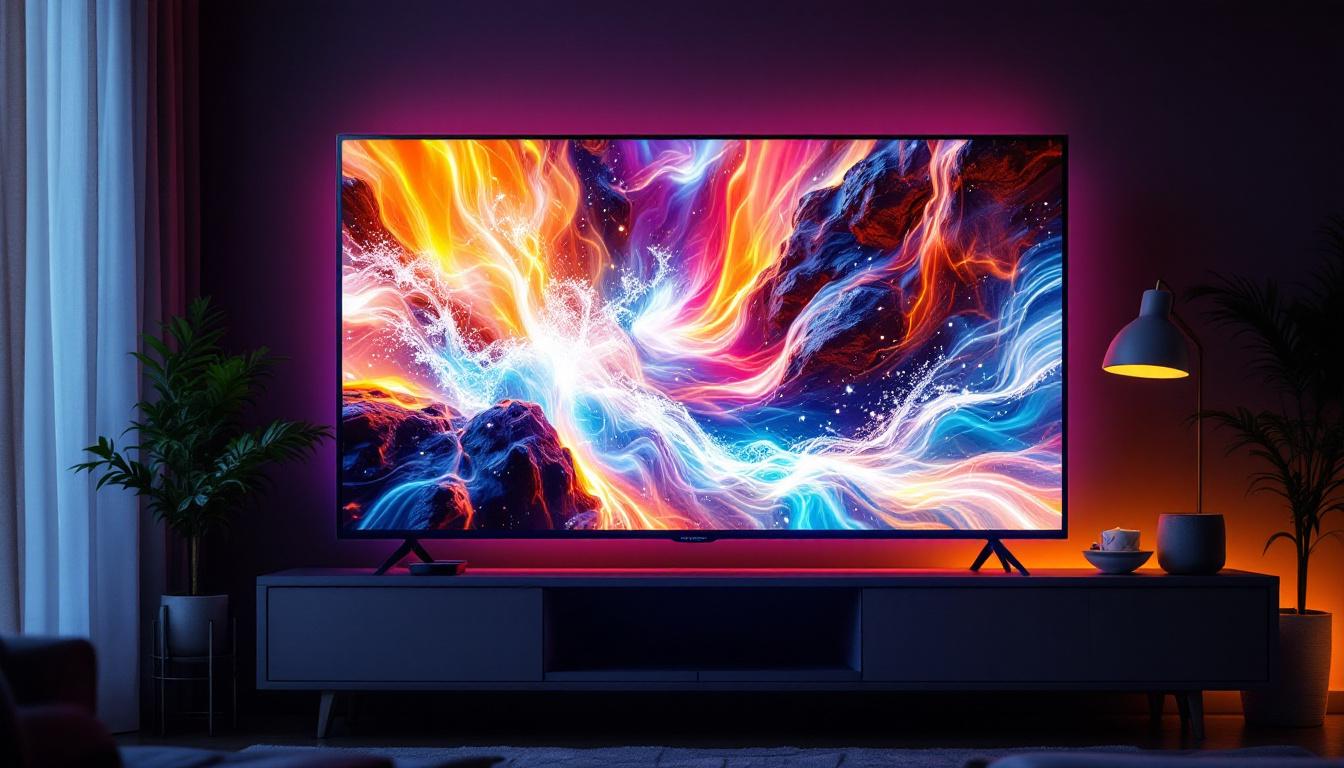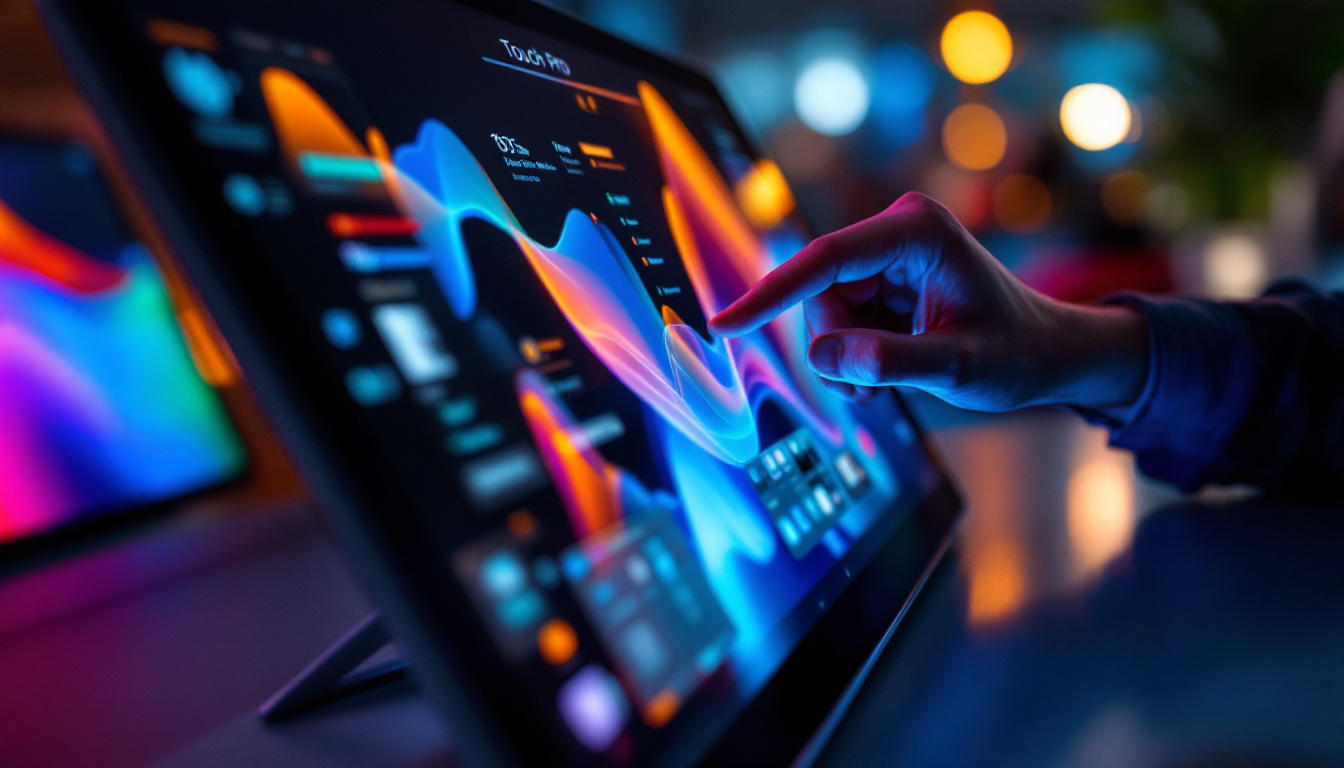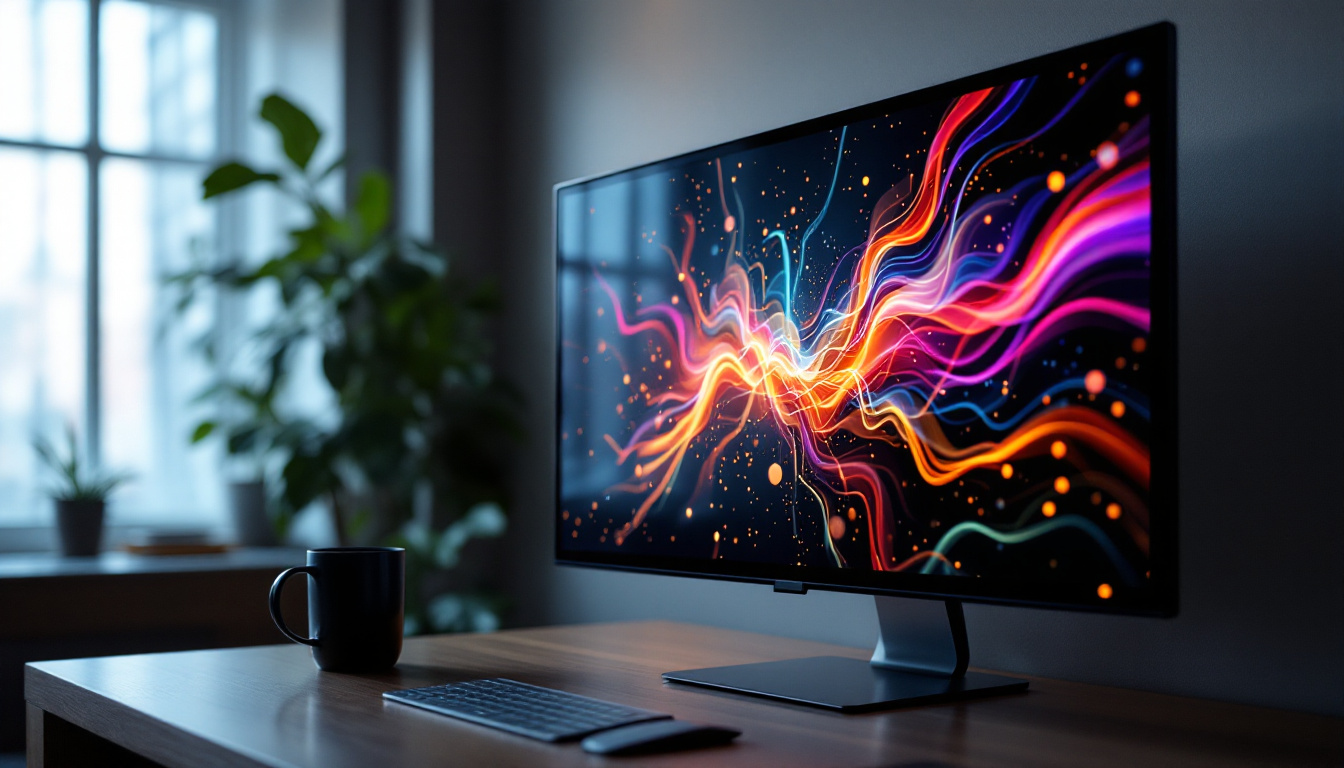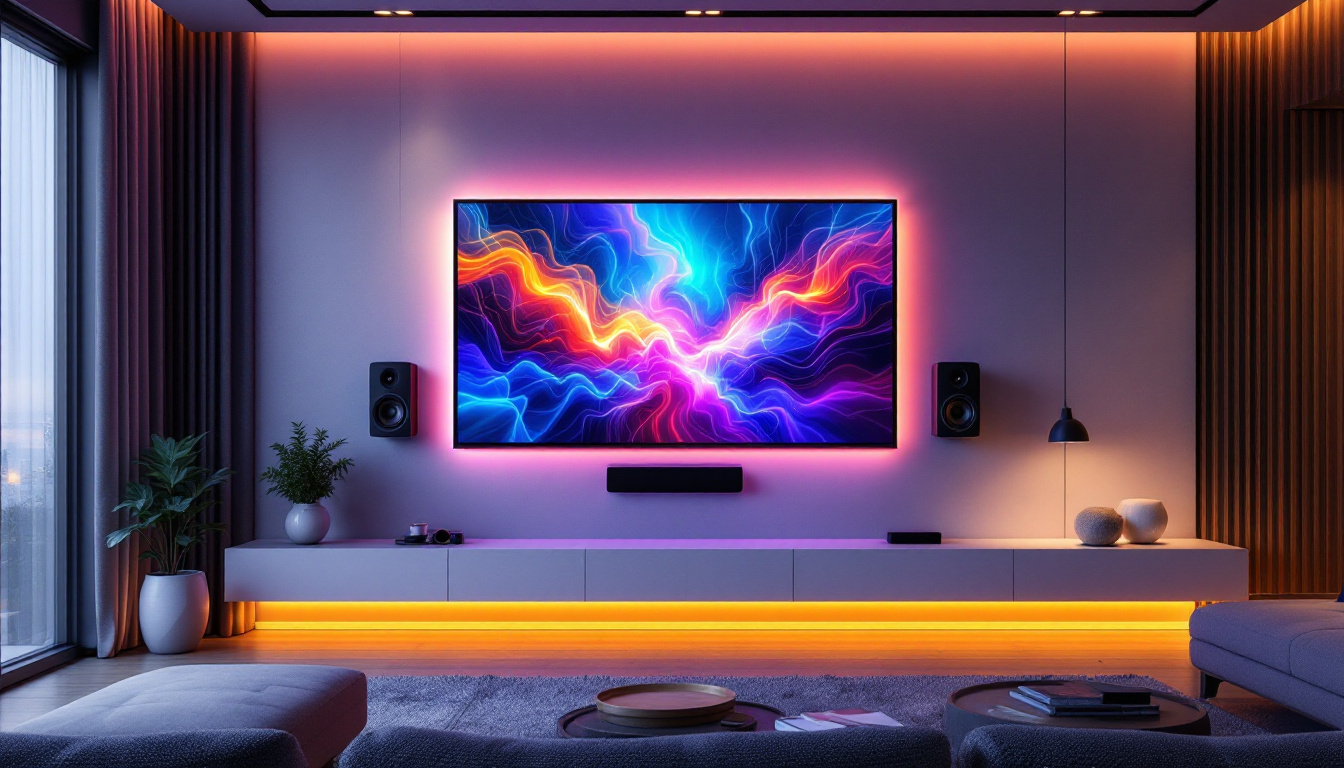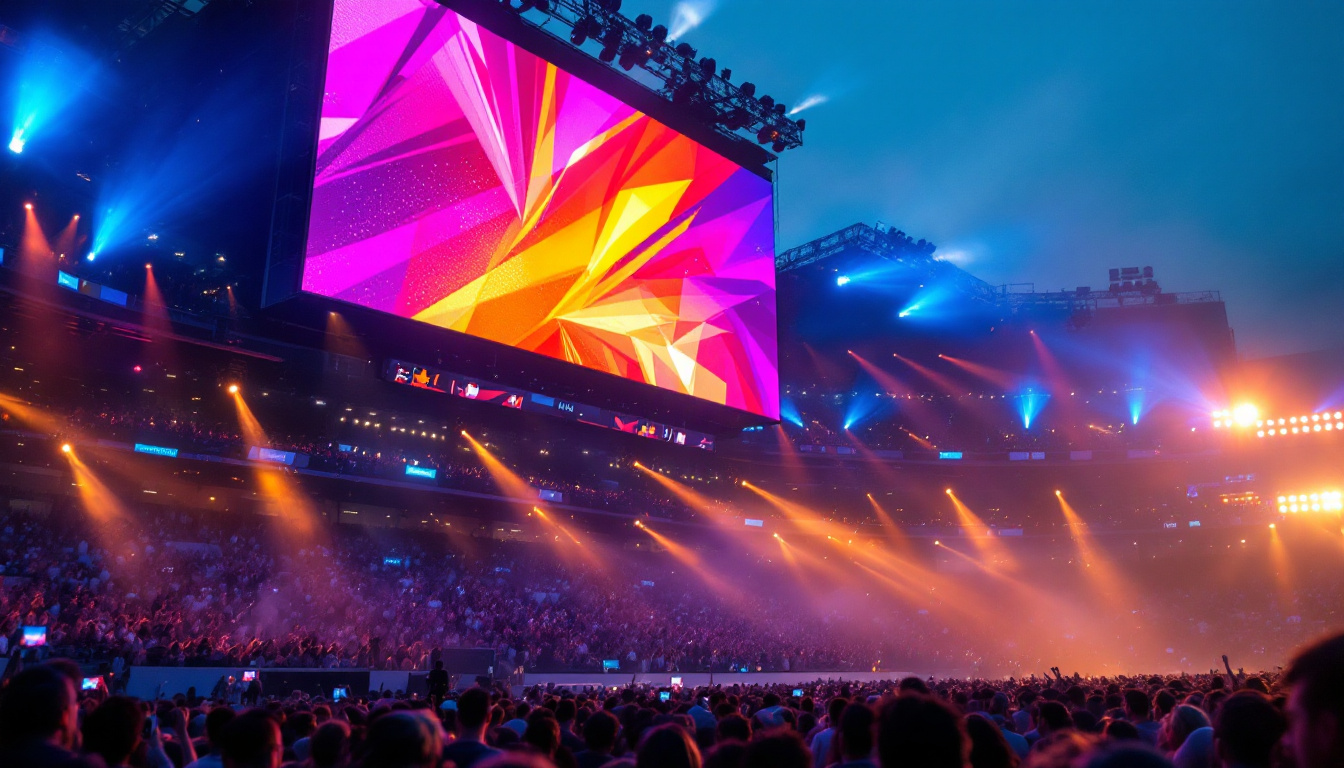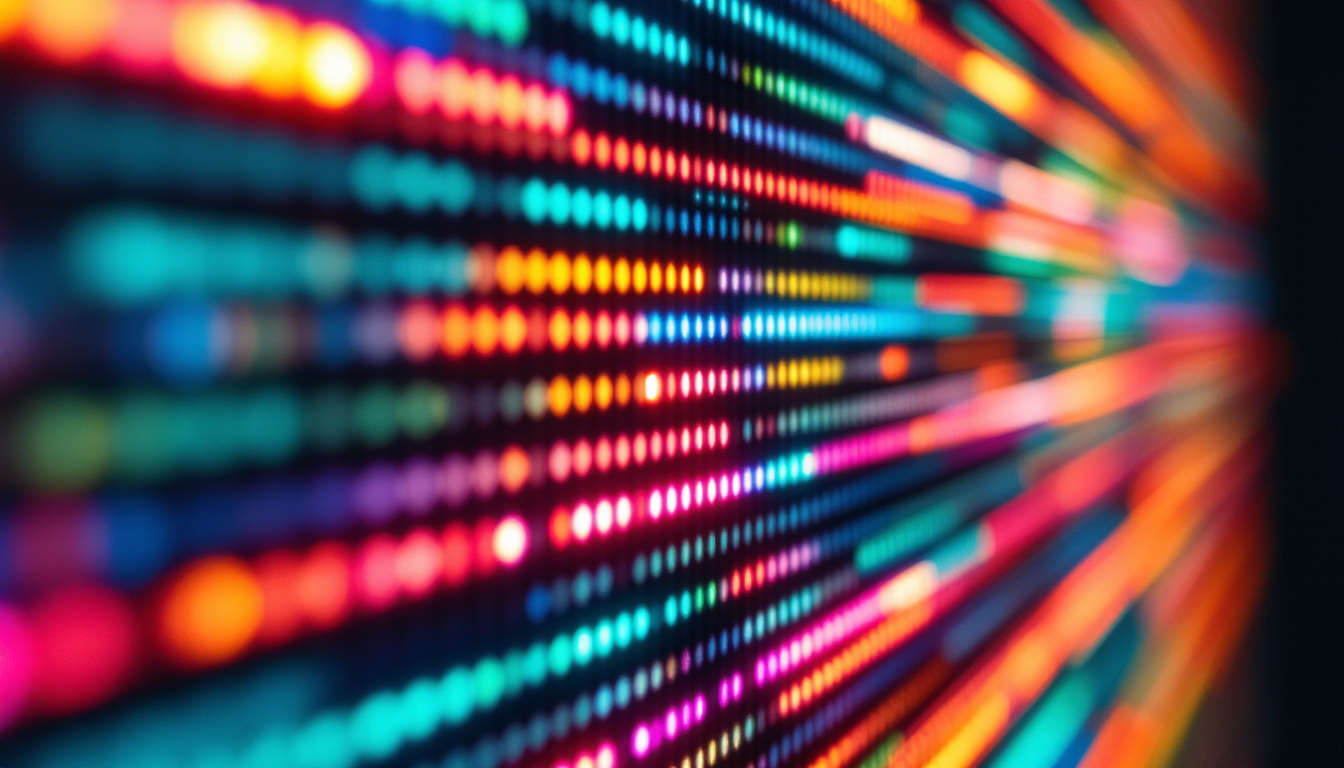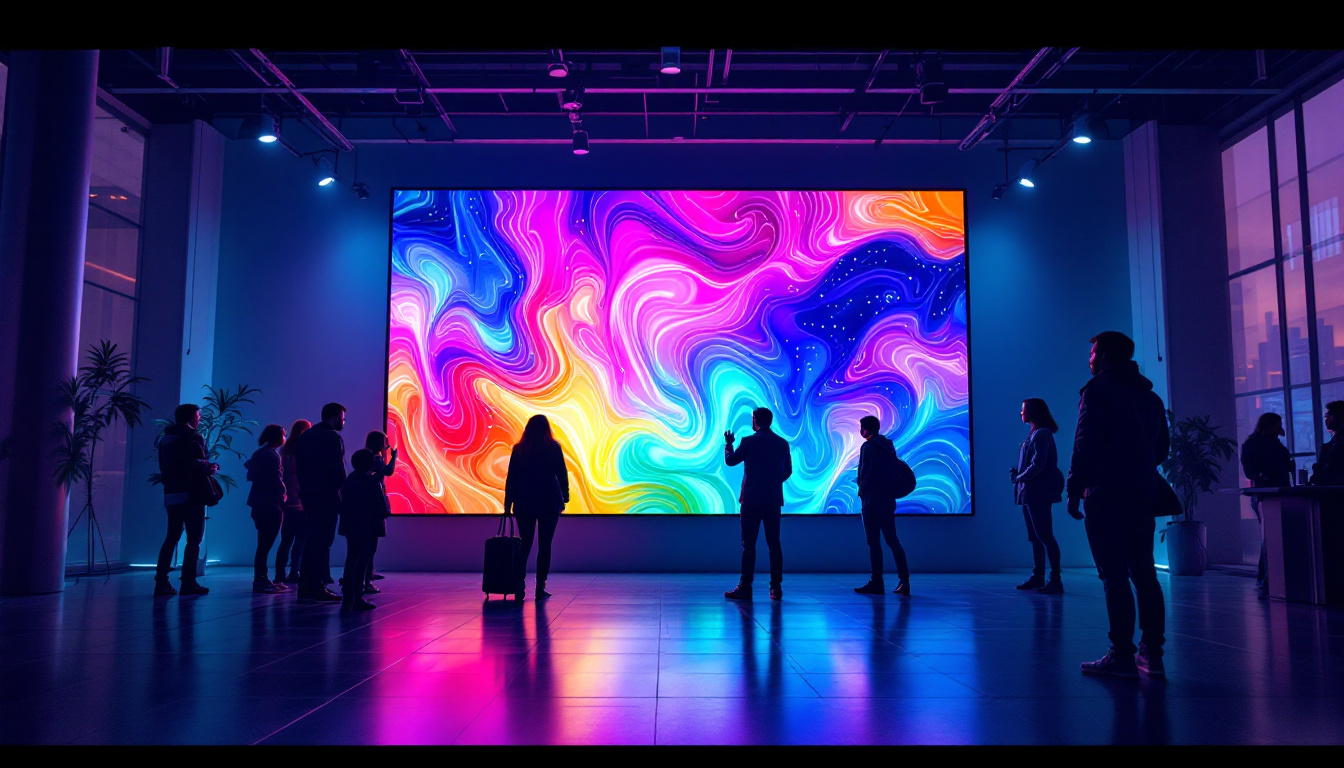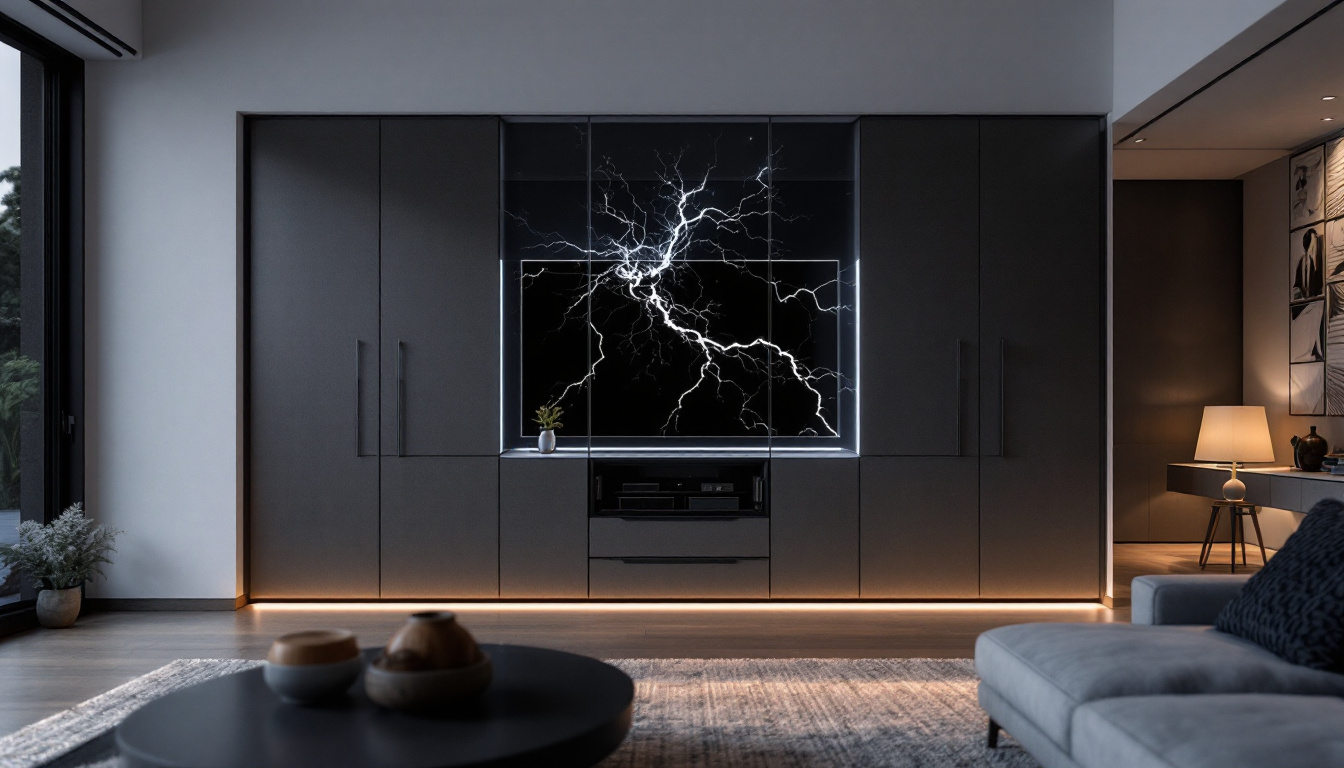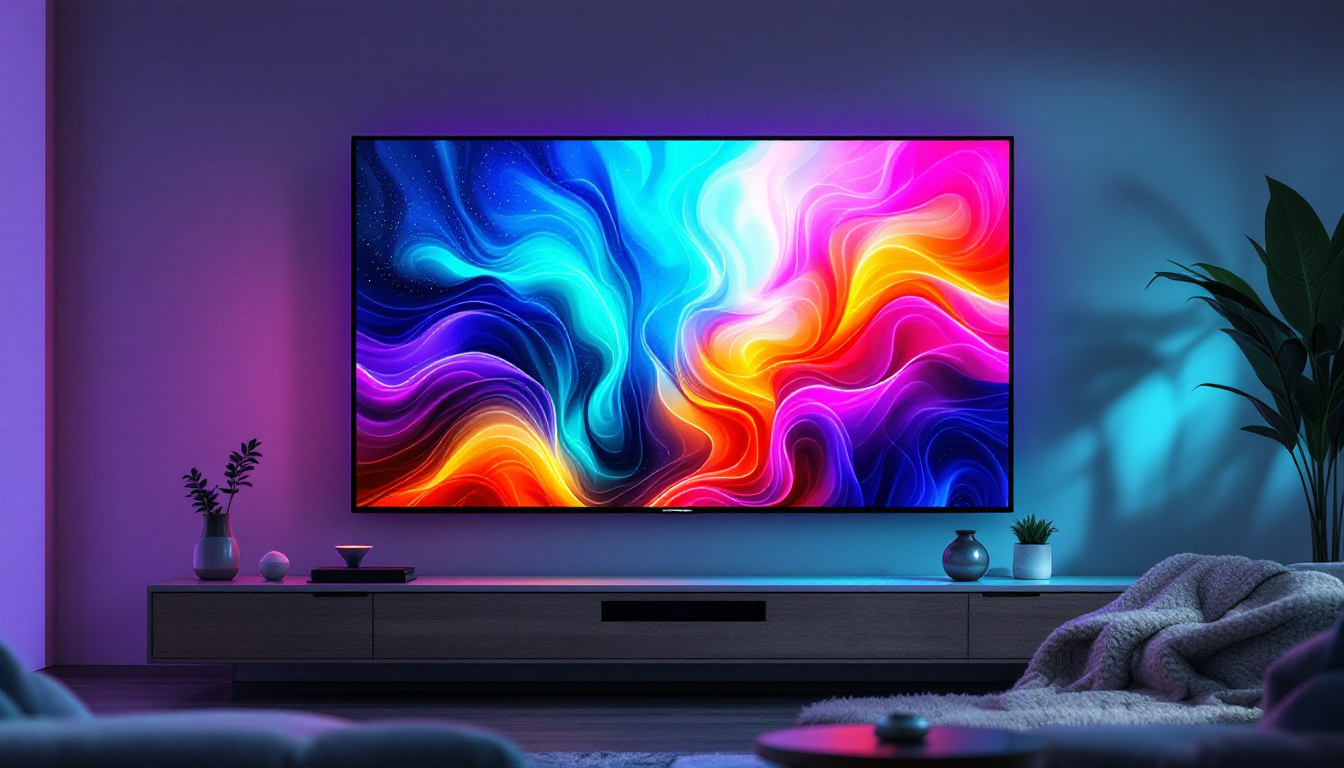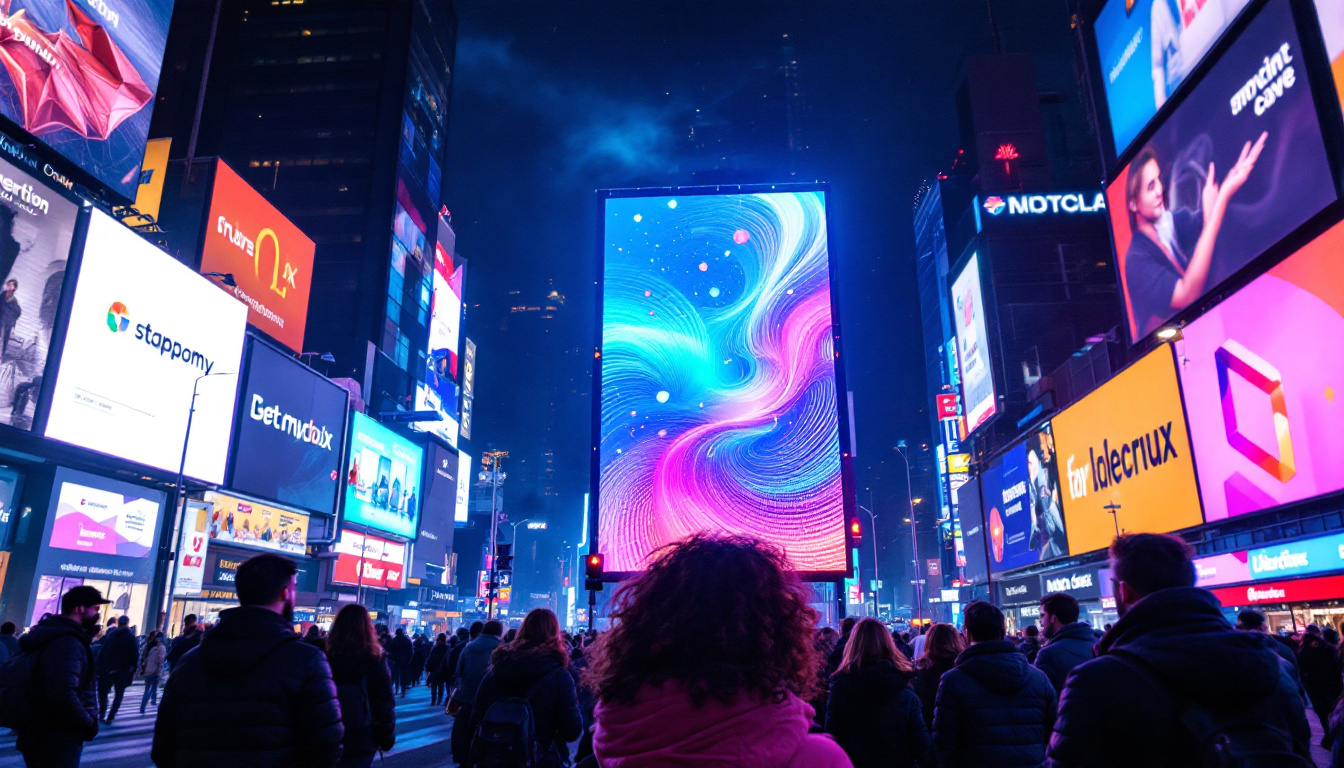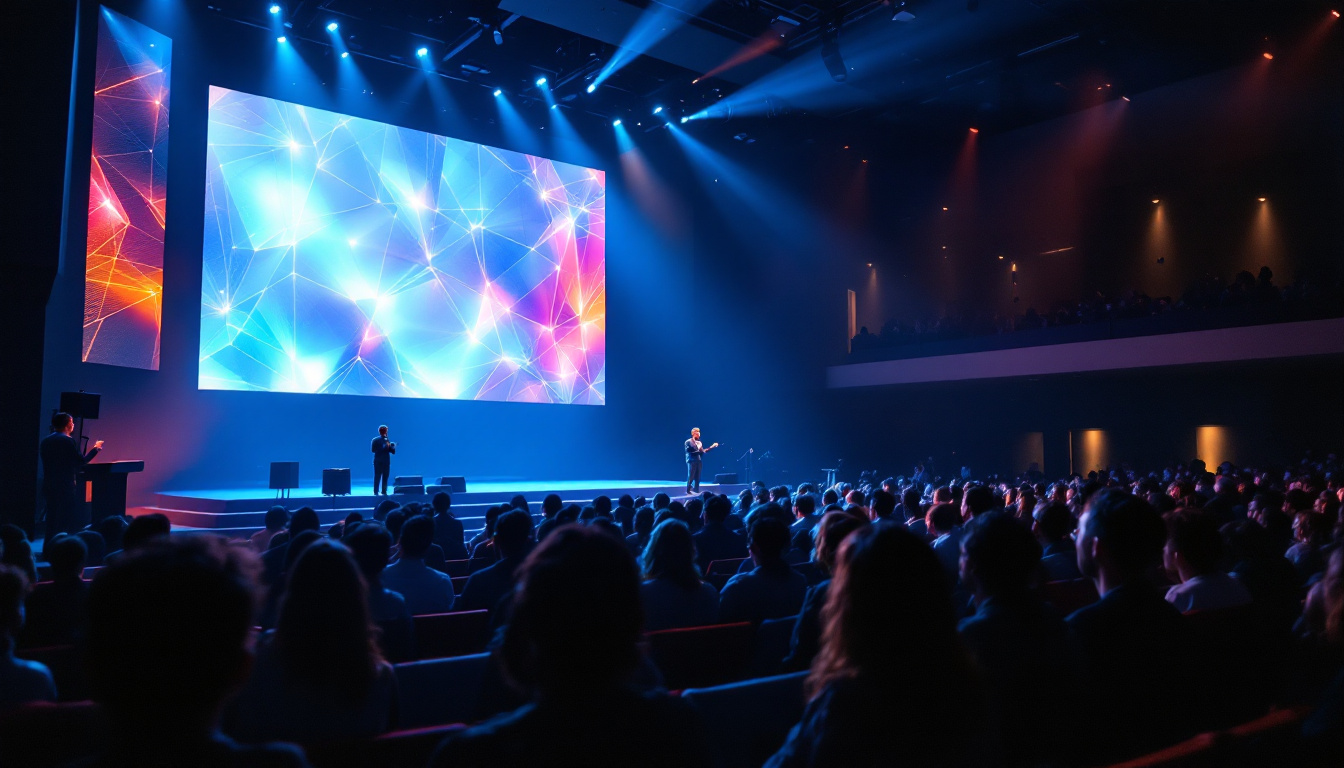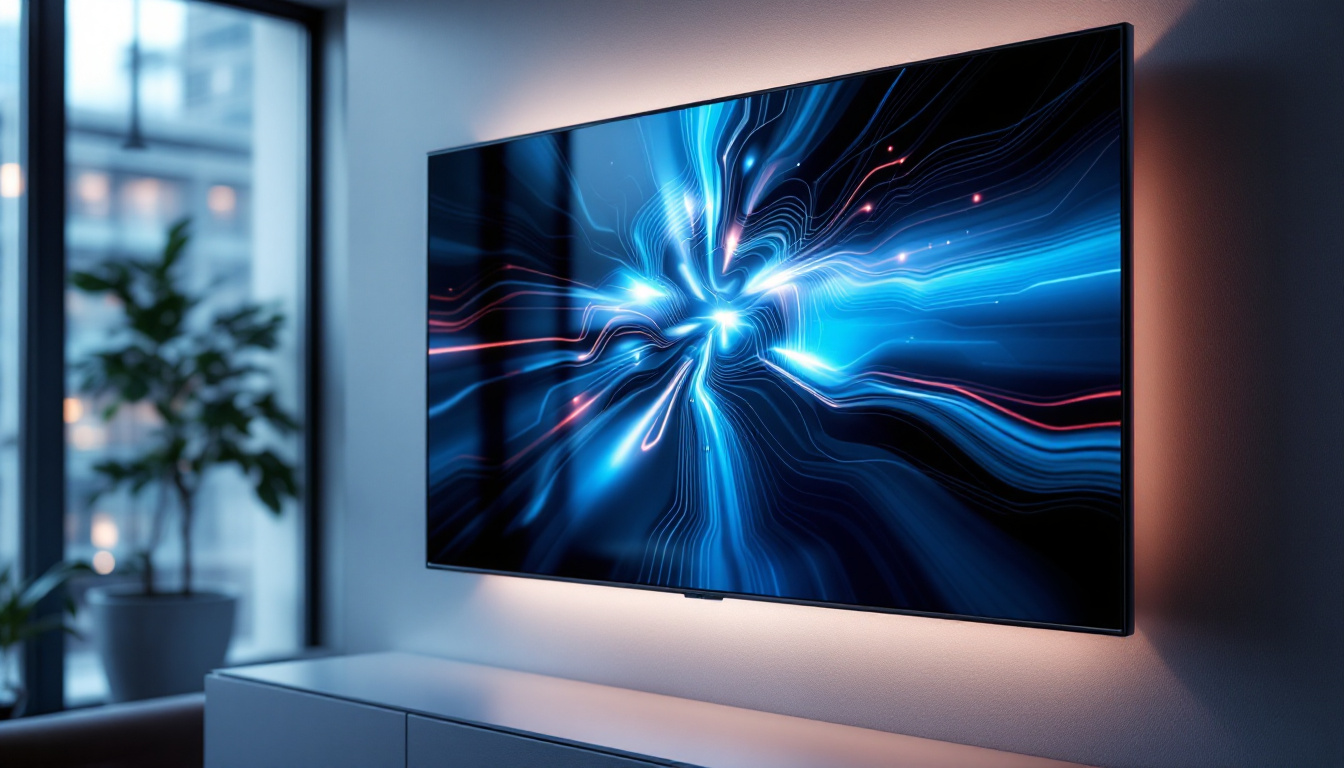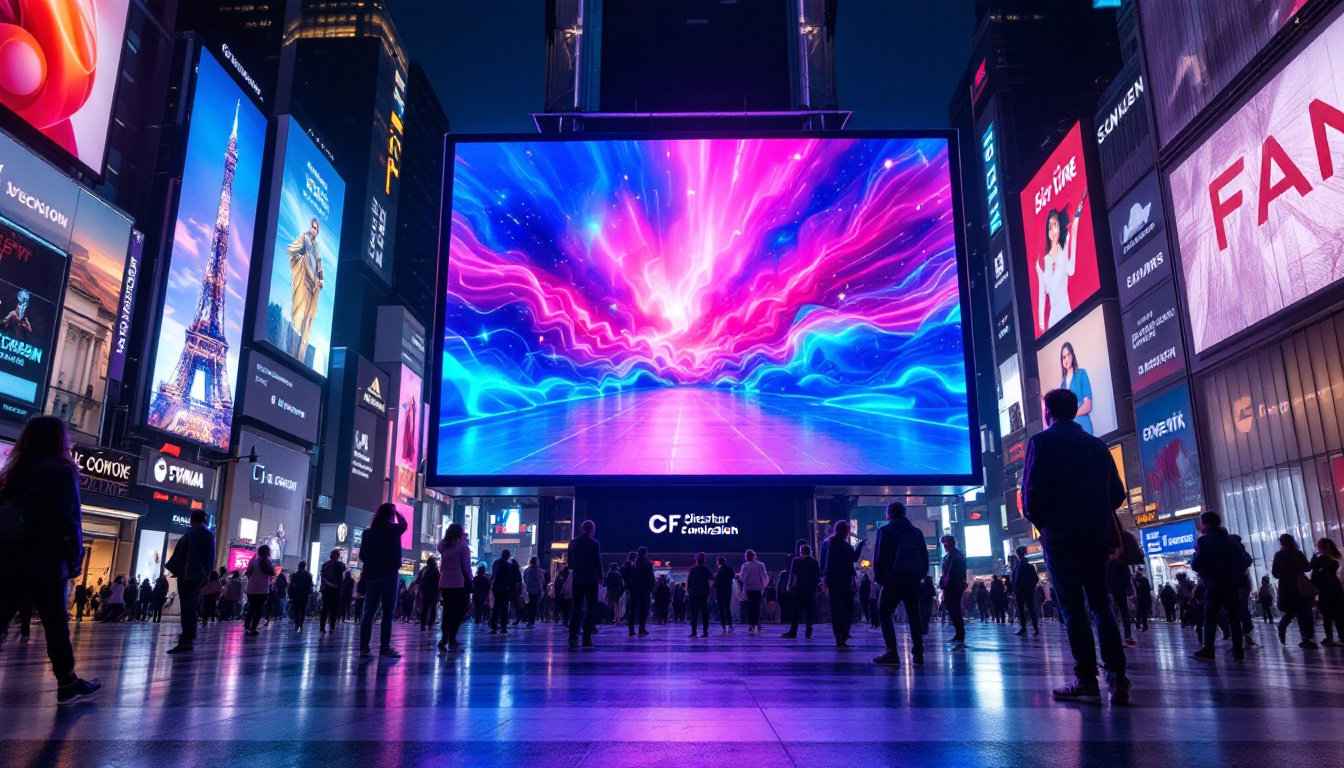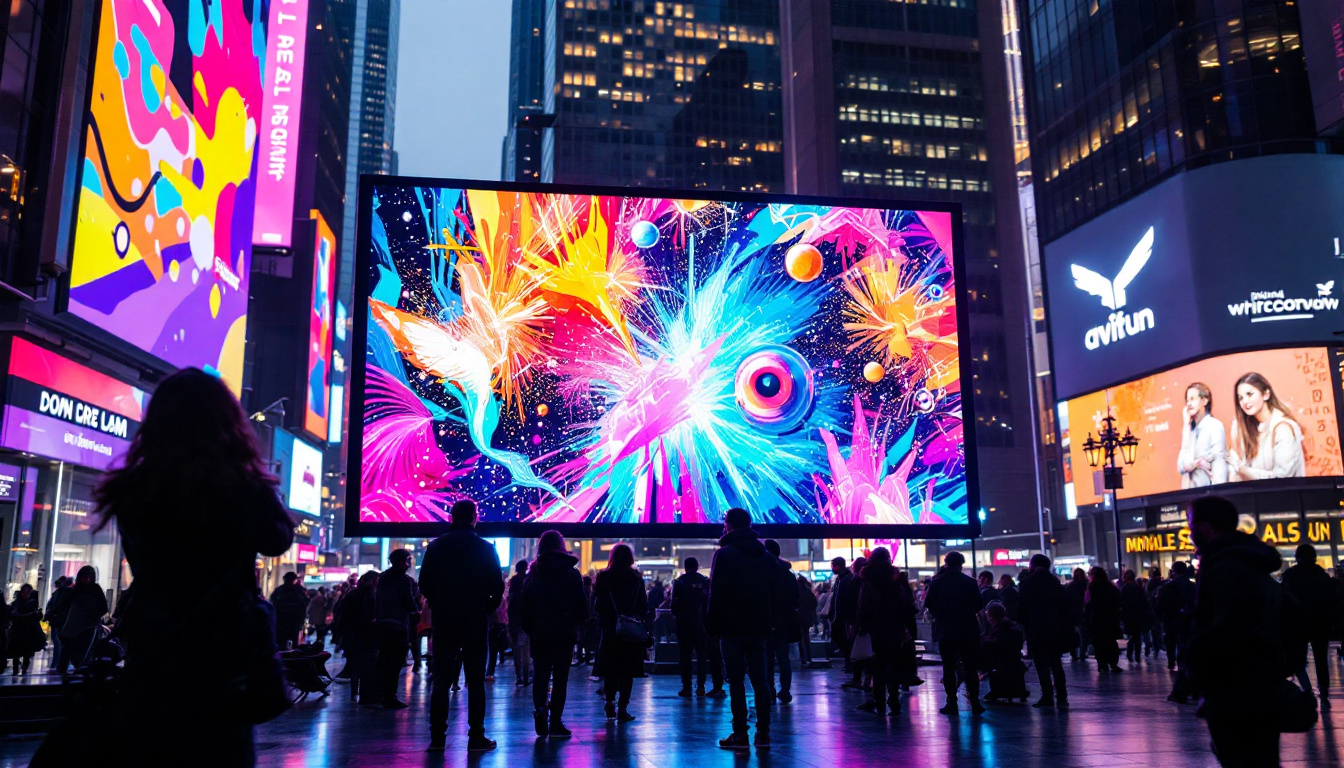In the world of computing, the display technology used in monitors plays a crucial role in the overall user experience. Among the various types of display technologies available, LED (Light Emitting Diode) displays have become increasingly popular due to their superior performance, energy efficiency, and vibrant color reproduction. This article delves into the intricacies of LED displays, exploring their features, advantages, and the different types available in the market.
Understanding LED Display Technology
LED displays utilize light-emitting diodes to produce images on the screen. Unlike traditional LCD monitors that rely on fluorescent backlighting, LED displays use an array of tiny diodes to create light, resulting in brighter and more vivid visuals. This technology has revolutionized the way users interact with their desktops and monitors. The shift from older technologies to LED has not only enhanced the viewing experience but also contributed to energy efficiency, making LED displays a more sustainable choice for consumers and businesses alike.
How LED Displays Work
The fundamental principle behind LED displays is relatively straightforward. Each pixel on the screen consists of red, green, and blue (RGB) sub-pixels. By adjusting the intensity of each sub-pixel, a wide spectrum of colors can be produced. The diodes themselves are extremely small, allowing for thinner and lighter displays compared to older technologies. This miniaturization has enabled manufacturers to create sleek designs that fit seamlessly into modern aesthetics, making LED displays a popular choice for everything from smartphones to large-scale digital billboards.
LED displays can be categorized into two main types: edge-lit and full-array. Edge-lit displays have LEDs positioned along the edges of the screen, while full-array displays feature a grid of LEDs behind the entire screen. Full-array displays typically offer better contrast and color accuracy due to their ability to control local dimming. This means that in scenes with both bright and dark elements, full-array displays can dim specific areas of the screen without affecting the overall brightness of the image, resulting in a more dynamic and immersive viewing experience.
Types of LED Displays
There are several types of LED displays available, each catering to different needs and preferences. The most common types include:
- Standard LED: This is the most widely used type of LED display, offering a good balance between performance and cost.
- OLED (Organic LED): Known for its exceptional color accuracy and contrast ratios, OLED displays are often found in high-end monitors and televisions. Their ability to turn off individual pixels completely allows for true blacks and an unparalleled depth of color.
- Mini-LED: A newer technology that utilizes smaller LEDs for backlighting, providing improved brightness and contrast levels. Mini-LED displays are becoming increasingly popular in premium devices, as they offer a middle ground between traditional LED and OLED technology.
In addition to these types, there are also specialized LED displays designed for specific applications. For instance, transparent LED displays are gaining traction in retail environments, allowing products to be showcased behind a digital screen without obstructing visibility. Similarly, flexible LED displays are being developed for innovative applications, such as curved screens and wearable technology, pushing the boundaries of how we think about display formats. The ongoing advancements in LED technology continue to open new avenues for creativity and functionality in visual media.
Advantages of LED Displays
LED displays come with a myriad of advantages that make them a preferred choice for many users. From energy efficiency to superior image quality, these displays offer significant benefits.
Energy Efficiency
One of the most notable advantages of LED technology is its energy efficiency. LED displays consume significantly less power compared to traditional LCDs and CRTs. This not only helps reduce electricity bills but also contributes to a lower carbon footprint. As energy consumption becomes a growing concern, LED displays represent a more sustainable choice for consumers. Furthermore, many LED displays are equipped with smart technology that allows them to adjust brightness levels based on ambient light, further optimizing energy use and enhancing user comfort.
Enhanced Color and Brightness
LED displays are known for their ability to produce vibrant colors and high brightness levels. This is particularly important for tasks that require precise color reproduction, such as graphic design and video editing. The enhanced color gamut offered by LED technology allows users to see more shades and tones, resulting in a more immersive viewing experience. Additionally, the high contrast ratios of LED displays ensure that dark scenes are rendered with depth and clarity, making them ideal for watching movies or playing video games where visual detail is paramount.
Longevity and Durability
LED displays are also renowned for their longevity. With a typical lifespan of 50,000 hours or more, these monitors can outlast traditional display technologies. Additionally, LED displays are less prone to screen burn-in, a common issue with older technologies, making them a more durable option for everyday use. The robust nature of LED technology also means that these displays can withstand a wider range of temperatures and conditions, making them suitable for both indoor and outdoor applications. This versatility is particularly beneficial for businesses that require reliable signage solutions, as LED displays can maintain their performance in various environments, from bustling city streets to serene outdoor venues.
Choosing the Right LED Monitor
When selecting an LED monitor, several factors should be considered to ensure the best fit for individual needs. From screen size to resolution, each aspect plays a role in the overall performance of the display.
Screen Size and Resolution
Screen size is one of the first considerations when purchasing a monitor. Larger screens can enhance productivity by providing more screen real estate for multitasking. However, it’s essential to pair the screen size with an appropriate resolution. Common resolutions include Full HD (1920×1080), Quad HD (2560×1440), and 4K (3840×2160). Higher resolutions allow for sharper images and more detailed visuals, which can be particularly beneficial for creative professionals.
Refresh Rate and Response Time
For gamers and those who engage in fast-paced activities, refresh rate and response time are critical specifications. The refresh rate, measured in hertz (Hz), indicates how many times the screen refreshes per second. A higher refresh rate leads to smoother motion and less motion blur. Similarly, response time, measured in milliseconds (ms), affects how quickly pixels can change from one color to another. Lower response times are preferable for gaming and fast-moving content.
Connectivity Options
Modern monitors offer a variety of connectivity options, including HDMI, DisplayPort, and USB-C. Ensuring that the monitor has the necessary ports to connect with other devices is crucial. Additionally, some monitors come with built-in speakers, USB hubs, and adjustable stands, which can enhance the overall user experience.
Common Applications of LED Displays
LED displays are versatile and find applications across various fields. Their adaptability makes them suitable for both personal and professional use.
Gaming
In the gaming world, LED displays have become the standard due to their fast response times and high refresh rates. Gamers benefit from the vibrant colors and sharp images that LED technology provides, allowing for an immersive gaming experience. Many gaming monitors also come equipped with features like adaptive sync technologies (such as G-Sync and FreeSync) to eliminate screen tearing and stuttering.
Professional Use
For professionals in fields such as graphic design, video editing, and photography, color accuracy is paramount. LED displays, particularly those with IPS (In-Plane Switching) panels, offer superior color reproduction and wide viewing angles, making them ideal for creative work. Additionally, many professionals opt for monitors that support high dynamic range (HDR) content, which enhances the contrast and color range of images.
Everyday Computing
For everyday tasks such as browsing the web, working on documents, or streaming videos, LED displays provide a great balance of performance and affordability. With a wide range of options available, users can find monitors that suit their budget and requirements without compromising on quality.
Future of LED Display Technology
The future of LED display technology looks promising, with ongoing advancements aimed at enhancing performance and user experience. Innovations such as microLED and quantum dot technology are on the horizon, potentially transforming how displays are manufactured and utilized.
MicroLED Technology
MicroLED technology represents a significant leap forward in display innovation. By using microscopic LEDs to create individual pixels, microLED displays can achieve incredible brightness, contrast, and color accuracy. This technology also allows for modular displays, where users can customize the size and shape of their screens, making it a flexible option for various applications.
Quantum Dot Displays
Quantum dot technology enhances the color performance of LED displays by using semiconductor nanocrystals to produce pure colors. This results in displays with wider color gamuts and improved brightness. As manufacturers continue to integrate quantum dot technology into their products, users can expect even more vibrant and lifelike visuals.
Conclusion
LED displays have transformed the landscape of desktop monitors, offering users a combination of energy efficiency, superior image quality, and longevity. With various types of LED displays available, it is essential for consumers to consider their specific needs when making a purchase. Whether for gaming, professional use, or everyday computing, LED technology provides a versatile and reliable solution.
As advancements in display technology continue to emerge, the future of LED displays looks bright. Innovations such as microLED and quantum dot technology promise to enhance user experiences even further, making LED displays an integral part of modern computing. With their myriad of advantages, LED displays are likely to remain a popular choice for users around the globe.
Explore Cutting-Edge LED Displays with LumenMatrix
Ready to experience the pinnacle of LED display technology? LumenMatrix is at the forefront of innovation, offering a wide array of LED display solutions tailored to meet your needs. From captivating Indoor LED Wall Displays to dynamic Outdoor LED Wall Displays, and from versatile Vehicle LED Displays to sleek LED Poster Displays, our products are designed to revolutionize visual communication. Discover how our LED Sports Displays, interactive Floor LED Displays, and Custom LED Display options can transform your space and engage your audience. Embrace the future with our All-in-One LED Display and LED Transparent Display solutions. Don’t miss out on the opportunity to elevate your brand’s visibility and create unforgettable visual experiences. Check out LumenMatrix LED Display Solutions today and empower your business with our state-of-the-art technology.

